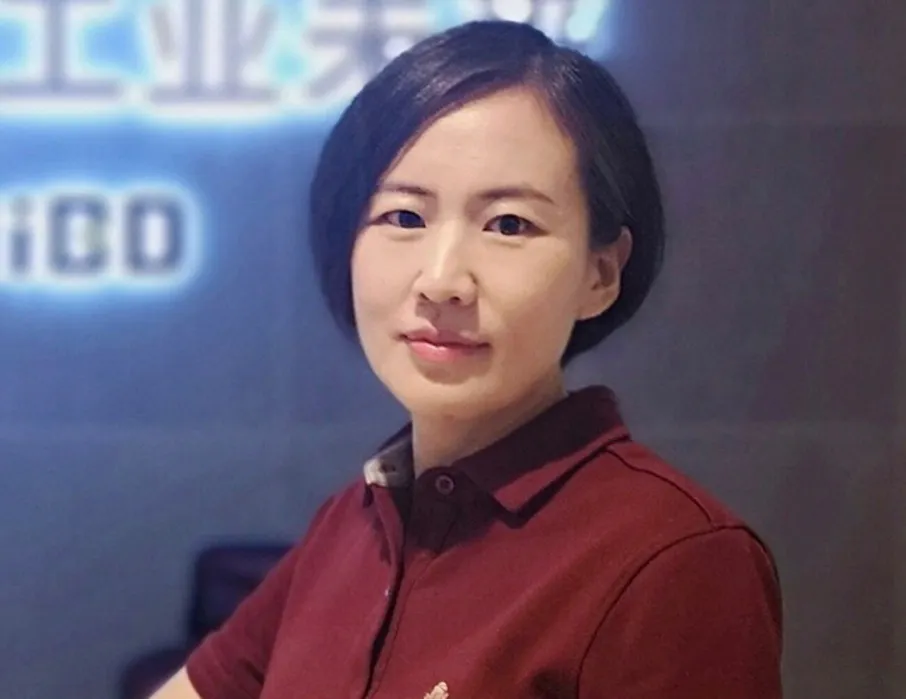My first encounter with a computer at the age of 10 was a serendipitous moment I could never have foreseen would define my career path. At a time when 99% of the Chinese population was unfamiliar with computers, I was among three fourth-grade students selected to represent my school in a local student computer competition. My initial lessons in my first computer class involved using a rudimentary computer, barely more advanced than a typewriter, to perform basic mathematical tasks and create simple drawings. The results were painstakingly printed on a dot matrix printer.
Then, the middle school I attended was designated as the Computer Olympics School of my province. It had a state-of-the-art lab equipped with the latest Apple II computers and offered computer classes to all students. It was there I first discovered the joy of computing. I found great pleasure in creating and playing rudimentary computer games, watching one green cursor chase another on the screen. Of course, we also used the computer to perform serious tasks, such as ranking students after exams.
Although I found computing fun, neither myself nor my family expected it to be my career. I went to university first as an economics major because my parents thought it more suitable for a woman. As a top student, I was confident that economics was a sure bet. Imagine my surprise upon discovering “computer science” listed on my offer letter from Xi’an Jiaotong University. I started university as a reluctant computer science student, but I later realized how fortunate I was to have discovered my passion for CS. In fact, upon graduation, I decided to pursue a CS Ph.D. My mother’s first impression was “You won’t be able to find a man who dares to marry you if you pursue a Ph.D.” While disconcerting, it did not deter me. I went to Tsinghua University to pursue my Ph.D. degree in Computer Graphics and Computer-Aided Design.
My mentor, Professor Jiaguang Sun, inspired his students to excel not just in research but also in developing systems that could revolutionize people’s lives. He was also an entrepreneur; he founded a start-up developing Computer-Aided Design software for the architecture and mechanics industries, so I had the opportunity to work there as engineering leader while pursuing my degree. The software my team built sold more than 10,000 copies in its first year. This experience helped me realize that I preferred leading a group building software that could solve real-world problems and transform user’s lives. After I earned my Ph.D., I joined IBM.
At IBM, I learned that truly exceptional products emerge from the convergence of understanding user needs and applying cutting-edge technology, as well as how to balance making advances in technology and connecting with real-world problems. What I benefited from most was the Global Technology Outlook (GTO) study and execution. GTO is an annual report IBM Research releases to spotlight the year’s most promising advancements in CS.
I was fortunate to have been a key team member of the Internet-of-Things GTO study, which imagined the potential applications of a world with sensors everywhere and explored enabling technologies in that world. I served as global technical leader in the execution of the Internet-of-Things GTO, collaborating with IBM researchers from labs in the U.S., Japan, Israel, and India to prototype a new product for managing and analyzing data from connected devices. At the same time, we worked with IBM client teams to find pilot customers to validate if there was a market for a new product and if our technology filled the need. After three years, Internet-of-Things GTO officially drew to a close after IBM Software Group decided to set up a new division to support it. However, this process was very much like a mini-CEO training course: I learned about drawing up a business plan, getting sponsors, leading multidisciplinary teams, selling products to clients, and more.
Even today, as I lead my own start-up, K2Data, I continue practicing the principle of creating exceptional products with advanced technology to address real-world challenges. K2Data is dedicated to applying big data and AI to empower industrial enterprises by enhancing equipment reliability, product quality, production efficiency, and cost-effectiveness.
Looking back at my career, besides having some good luck, the following tenets have helped guide me thus far:
Trust your instincts when making significant decisions rather than relying solely on logic.
Do things that benefit others. The value of technology is to improve the world and people’s lives.
Go outside your comfort zone.
NAME
Wei Lu
BACKGROUND
Computer Science, Computer Graphics
CURRENT JOB TITLE/EMPLOYER
K2Data
EDUCATION
Ph.D., Computer Graphics and Computer-Aided Design, Tsinghua University, Beijing, China.





Join the Discussion (0)
Become a Member or Sign In to Post a Comment